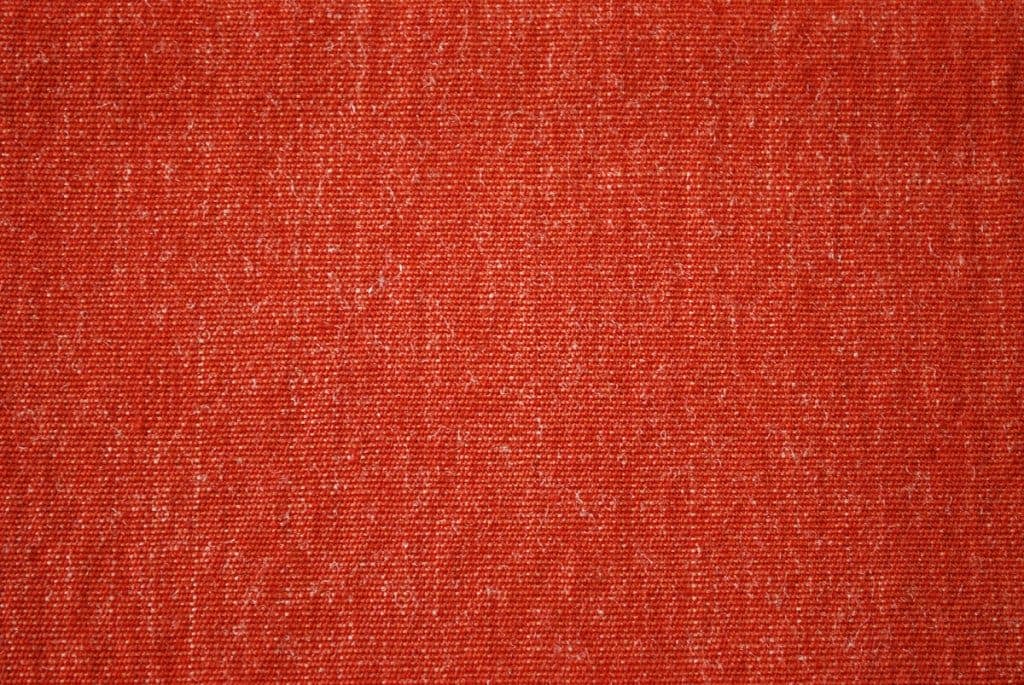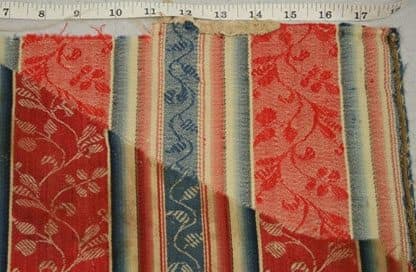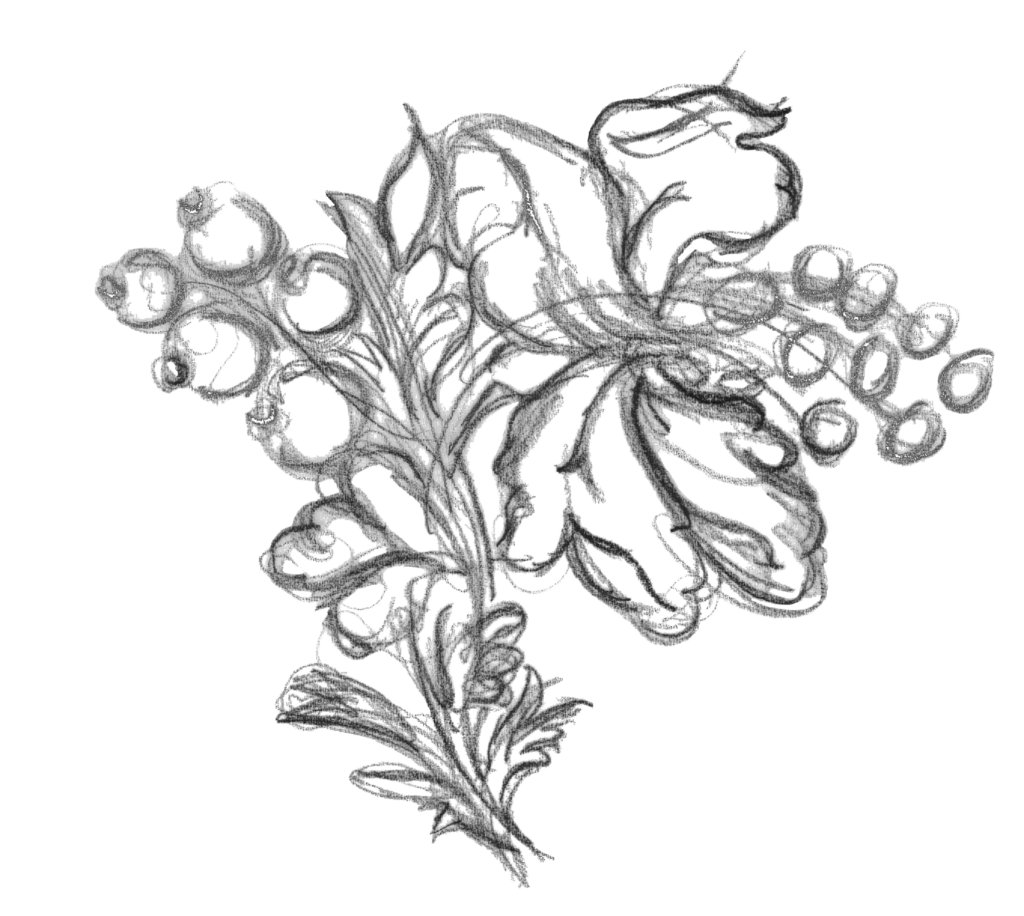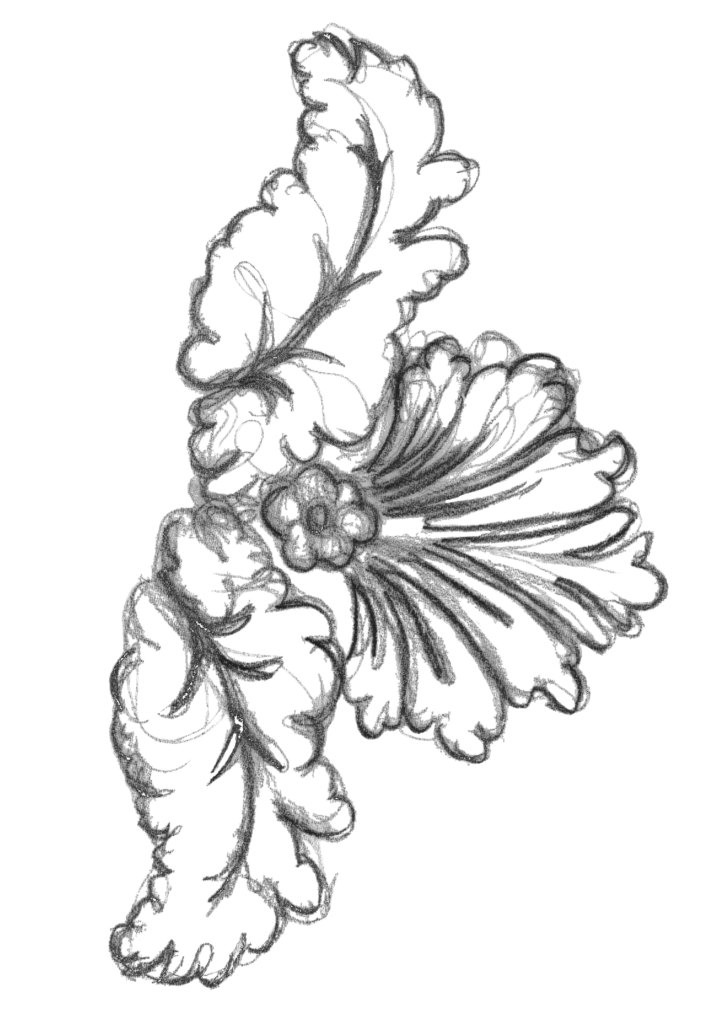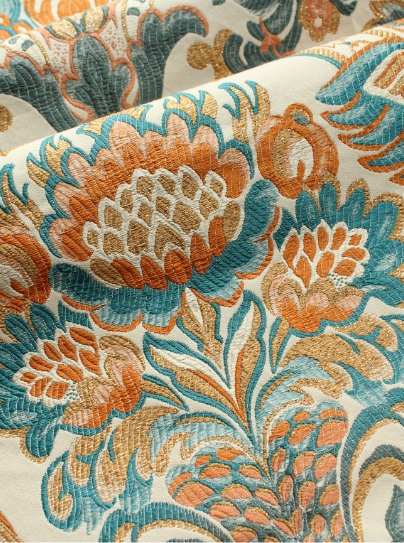Norwich Wool “Stuff”, what a great name for a collection of cloths!
Stuff became a general term for all sorts of woven textiles that incorporated wool or worsted into the structure, combining with other fibres such as linen, mohair or silk.
When the cottage loom was only equipped with four shafts the texture and appearance of the cloth in the loom was limited to plains or twills. It was the way cloths were dressed and finished after the weaving that gave them differences in texture, look and feel.
Pictured to the left: Richard Humphries demonstrates weaving on his 4 shaft cottage loom to the Upper Bailiff of the Worshipful Company of Weavers.
When a cloth in wool was made of poor or mixed fleeces with black hairs and mixed qualities it would be named “stuff” but in fact if the fleeces were pure Merino wool with no impurities, poor colour or stray hairs, this was nothing better than superior stuff, but was known as “Merino.” Other ancient qualities such as Lustring’s, Tammie’s and Camlets all required the humble four shaft loom, but used more or less, fatter or thinner thread spinning’s, to create quite differing clothes.
So why Norwich? Why was this part of the country destined to be the biggest and most important weaving centre in England? The answer to this lies with settlers from earlier times when East Anglia came to receive craftsmen from the near continent with manufacturing skills to make cloths of wool.
Early middle age Danish arrivals followed by Dutch and Flemish weavers helped to shape the economy. Of all the settlements across the region Norwich was the most active in weaving and by the mid-12th century was the fourth biggest city in the kingdom.
During the 16th Century Norwich surpassed the production of Essex and Suffolk combined and became famous for their high class Norwich wool stuff product. This was in demand for the overseas market for high grade worsteds. When the demand switched to lighter grade cloths Norwich weavers were well placed in the market. In the late seventeenth and early eighteenth centuries they wove “bombazine” where silk replaced worsted warps. This became more saleable as the “old draperies” gave way to the “new draperies.” With such highly priced goods that only the rich could indulge themselves in, the mainstay of the Norwich trade was still “camlet” which was sold in huge quantities.
When the market began to decline for the sales of this cloth in the nineteenth century it was to be the ruin of the trade. London merchants held the key for the best interests of the East Anglian wool trade and these often did not work well for them. Distance was an issue to get goods overland to London, and often Norwich cloths were too expensive. The New Draperies were completely unrestricted by guild practices and traditional makers of “Bays” and “Says” found it difficult to compete for business.
Also the costs of piece dying were expensive and a longer term investment for a return. Instead yarn dying in small lots meant stripes using relatively small amounts of colour would give a quicker and better turnaround for money spent on manufacturing. Norwich worsted stripes became very popular and offered a life-line to a struggling area of the country, which survived well into the nineteenth century. So why no Norwich weaving today? In a future post I will explain the collapse of the East Anglian Wool trade but in the meantime why not read our article; Wool Trade of East Anglia
